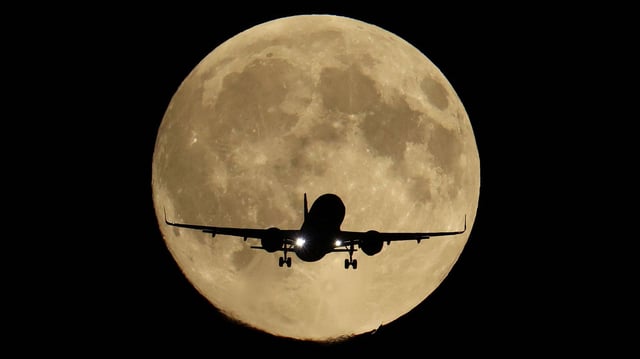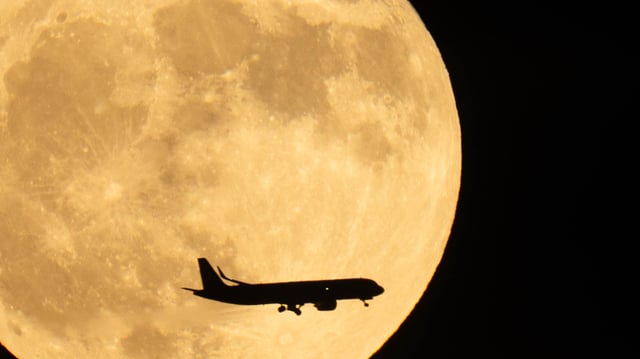Overview
- The Moon reached full phase around 11:48 p.m. ET on Oct. 6–7 and was widely seen and photographed around the world.
- A supermoon occurs when a full moon coincides with lunar perigee, making it appear up to about 14% larger and roughly 30% brighter than usual.
- At peak, the Moon was about 224,600 miles from Earth, ranking among the year’s closest full-moon approaches.
- Two more supermoons arrive on Nov. 5 and Dec. 4, and several sources note the sequence may extend into early January 2026, with November expected to be the closest.
- The glare will reduce visibility of the Draconids meteor shower and tides will run slightly higher than normal, while the October timing qualifies this full moon as the Harvest Moon closest to the equinox.



